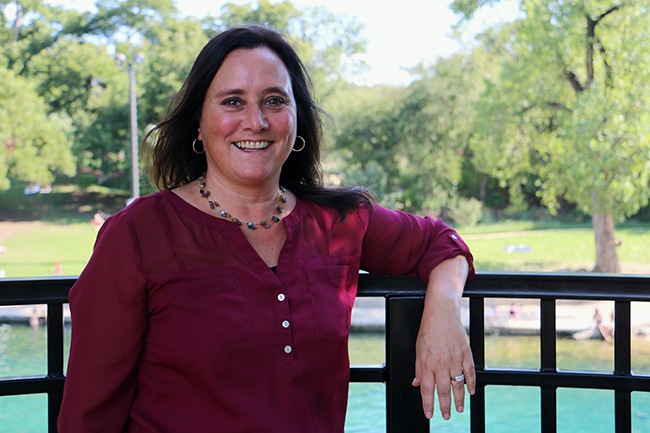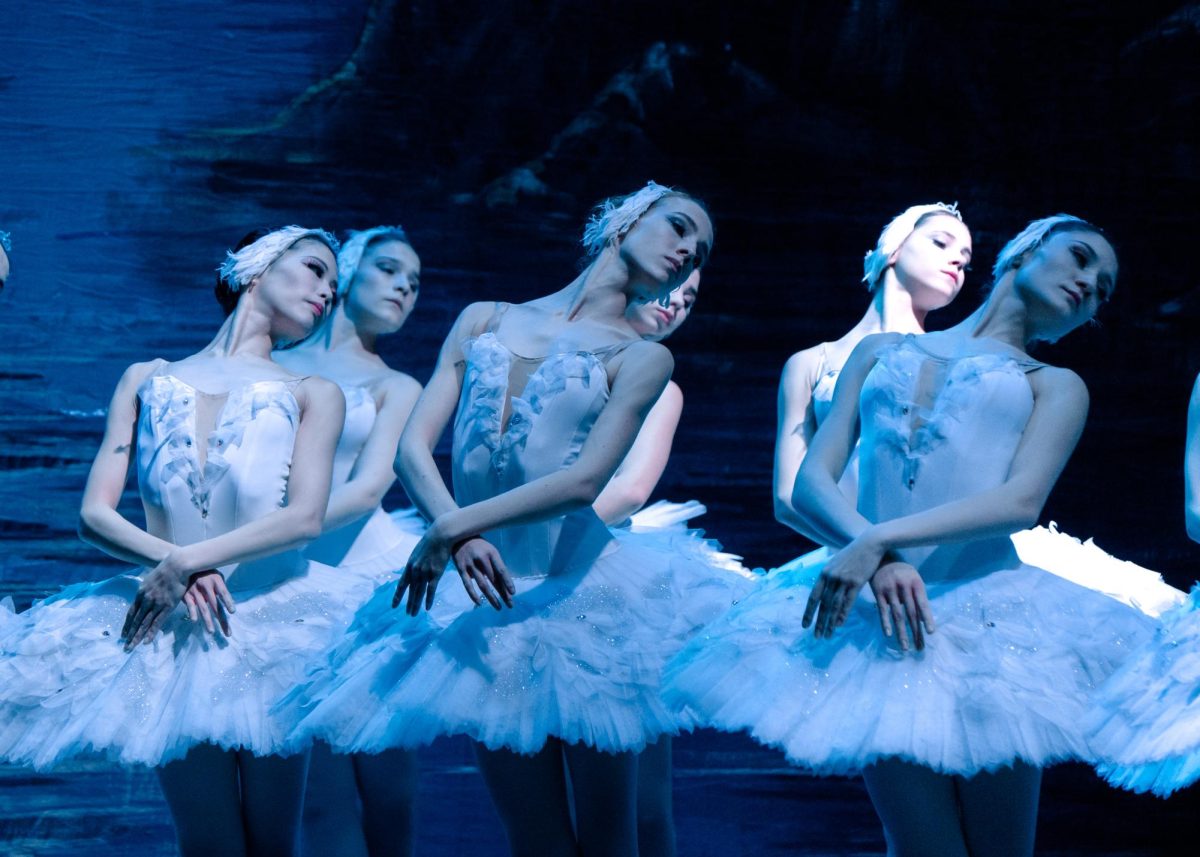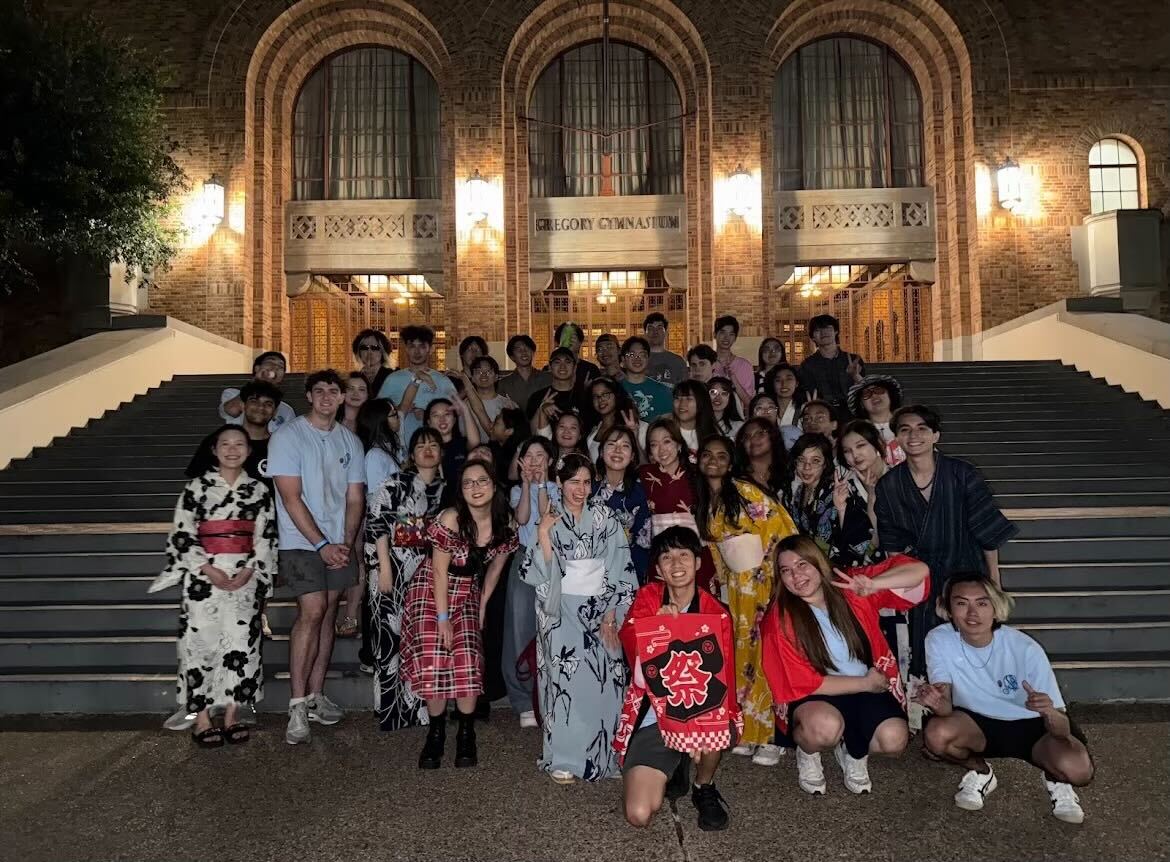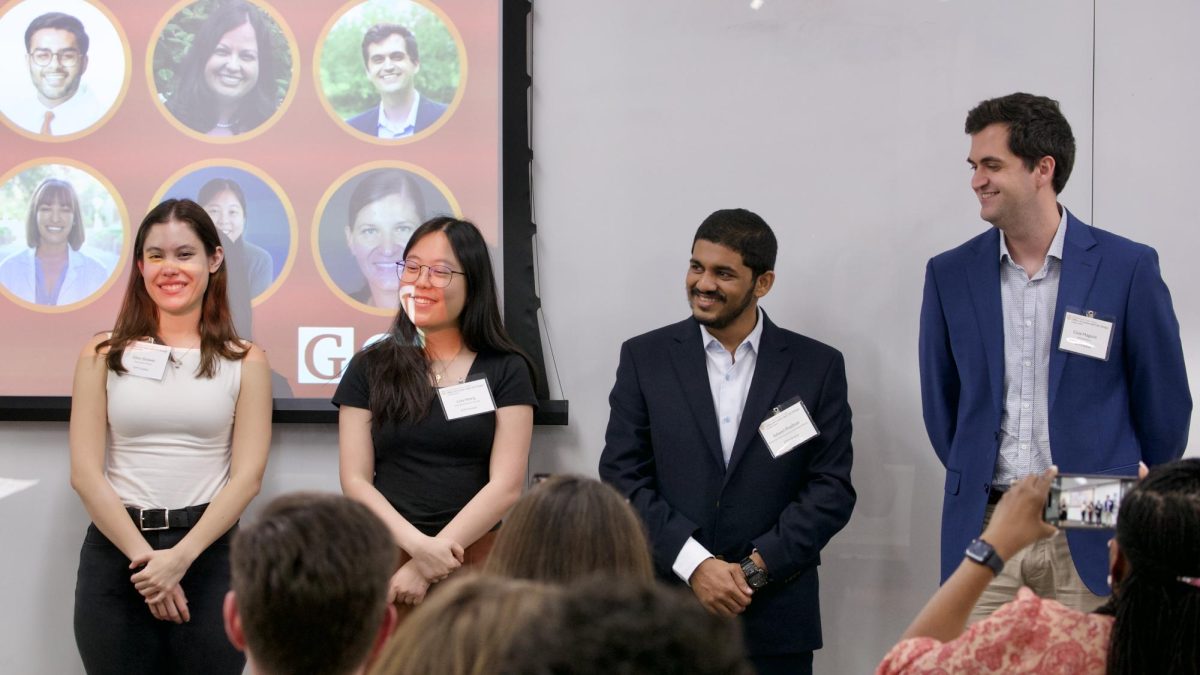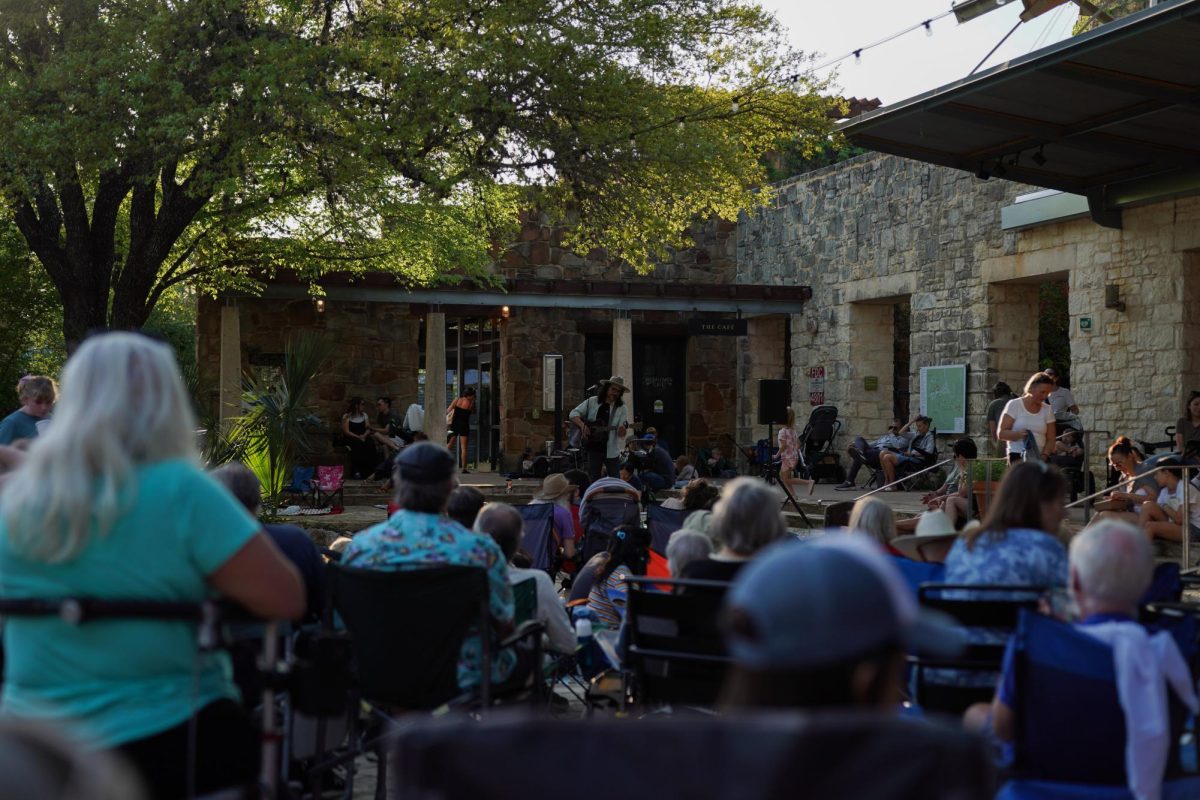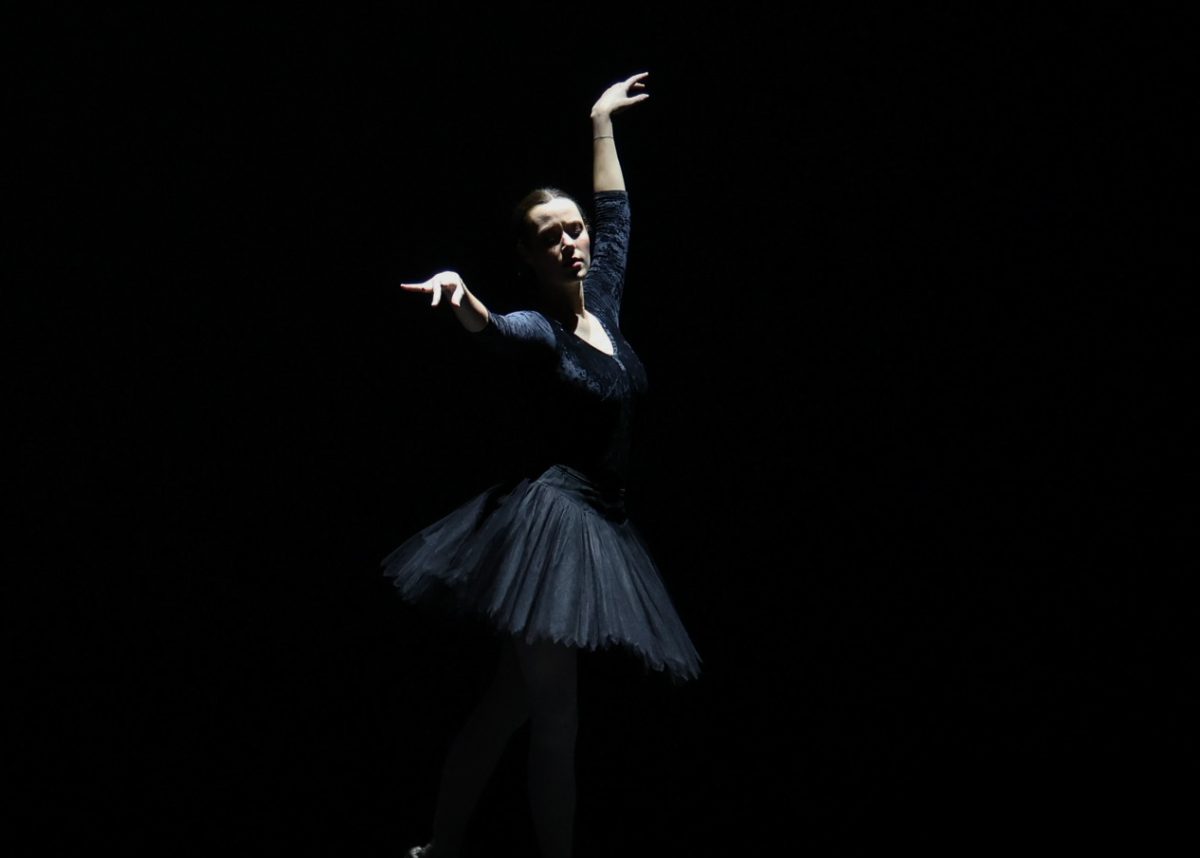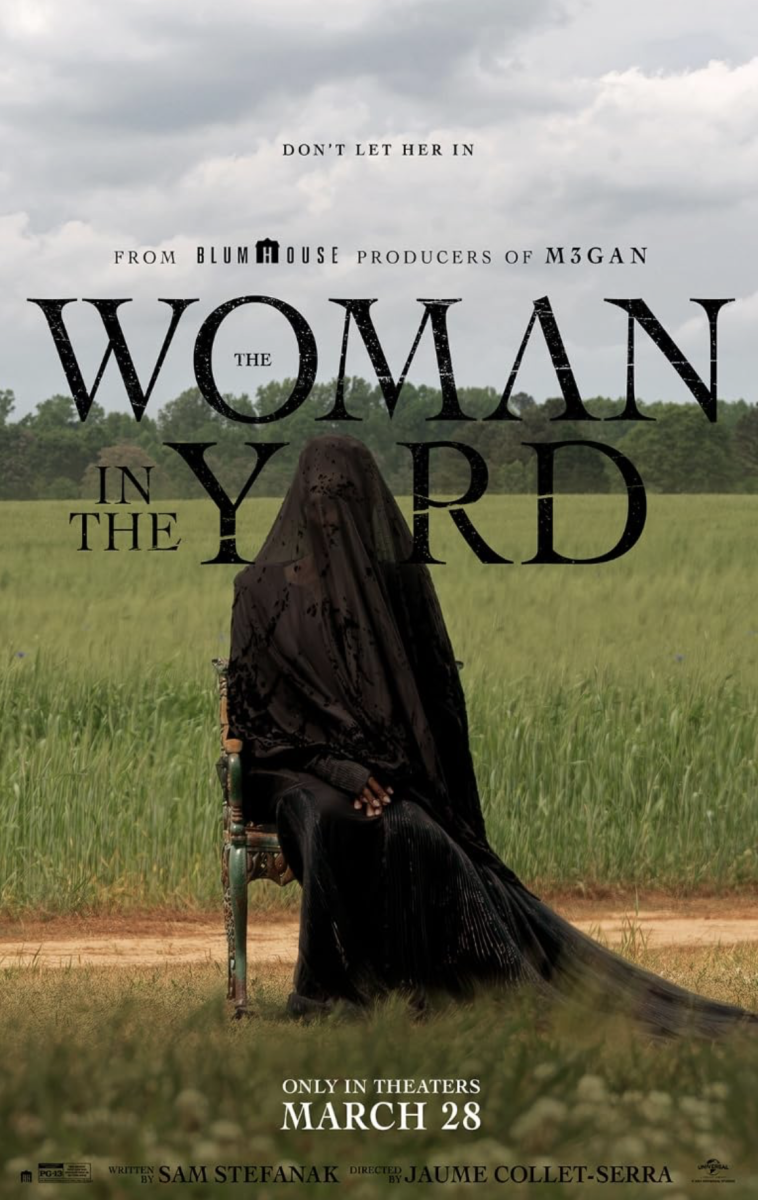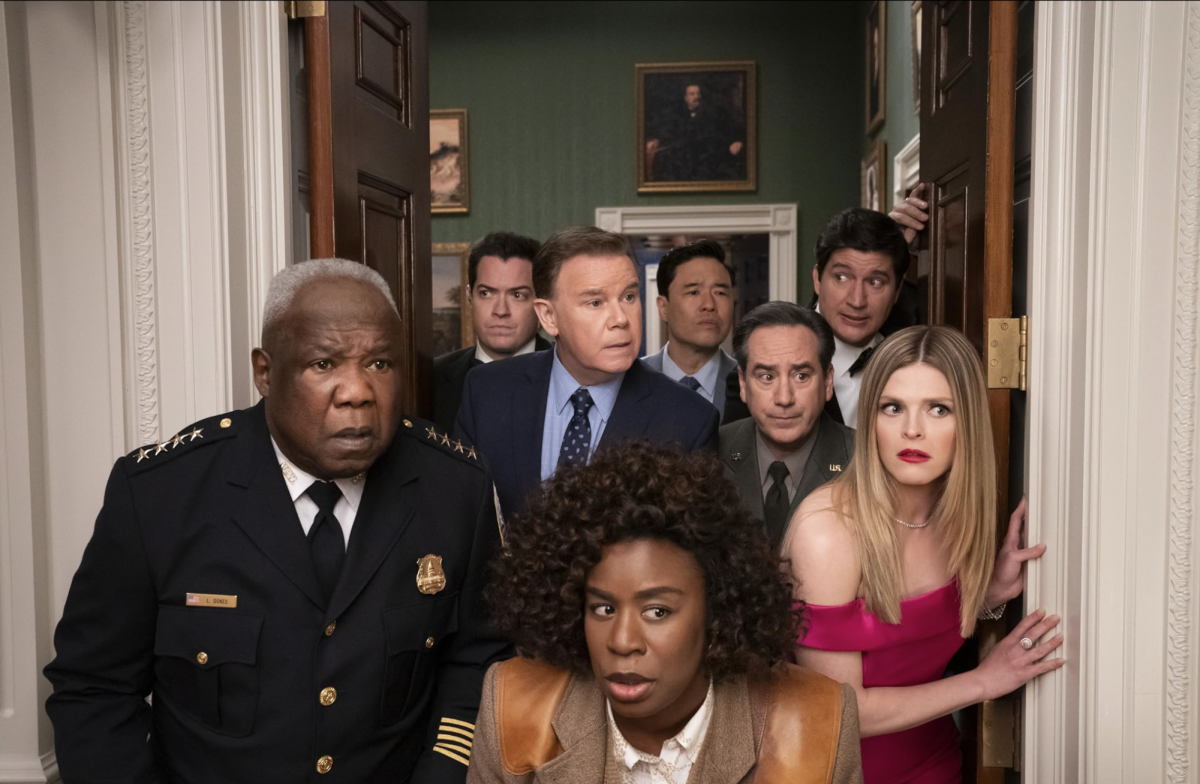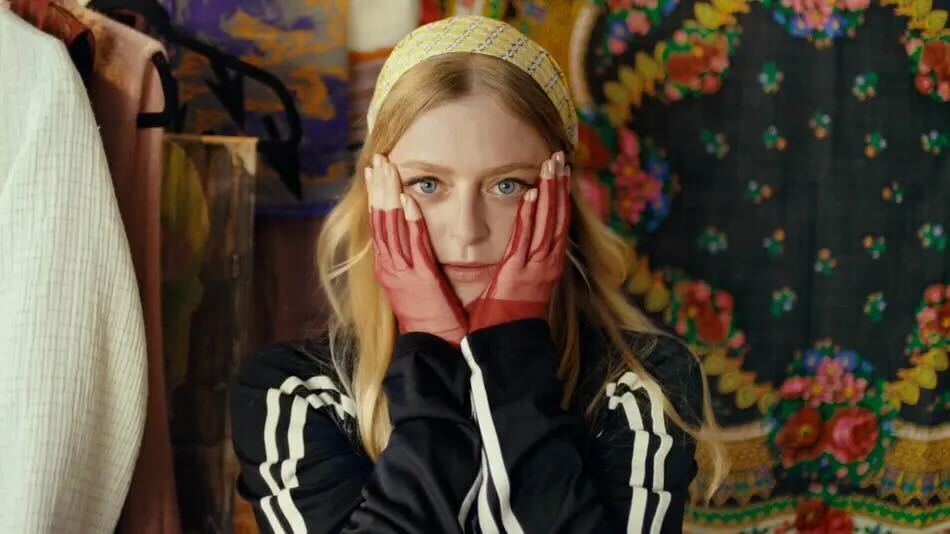Twenty years ago, Barton Springs’ cool waters saved radio-television-film senior lecturer Karen Kocher from her first Texas summer. While she used to bring a towel and a swimsuit, she now hauls a camera and a notebook.
Kocherbegan working on her interactive documentary on Barton Springs five years ago. The project, “Living Springs,” consists of a website with multiple pages and documentary footage that explore the springs’ science and history since its creation in the 1920s. Segments include profiles of the springs’ important figures, tours of its plant life and details of the many spiritual gatherings held there.
“I feel like people who live in this city need to know what the value of [Barton Springs] is,” Kocher said. “By collecting these stories, I am trying to help people better articulate the value of it.”
“Living Springs” serves as a giant database of information related to Barton Springs. Kocher said the project works to educate Austinites about the Springs in hopes that they join the effort to preserve it. As Austin and its surrounding areas have developed, the springs’ water sources have become increasingly polluted, leading to the addition of two salamander species, which are unique to the springs, to the federal list of endangered species.
To get the community involved in her project, Kocher hosts free outdoor screenings to premiere new segments. At 7 p.m. Oct. 30, two new segments will screen at the Zilker Hillside Theater. One segment will detail the history of the springs before it was integrated, and the second delves into the lives of the lifeguards over the years.
She said the beauty of an interactive documentary versus a traditional 90-minute one is its evolution over time as she adds more footage to the website. Straying from the linear structure of traditional documentaries allows her to show multiple angles of the springs’ science and history.
Last fall, UT alumna Brittney DuFriend interned for Kocher as an assistant editor. DuFriend pieced together footage for one of the segments but said she most enjoyed the research, which required going through old newspapers, historical archives and people’s old dusty photo albums to uncover hidden stories related to the springs.
“This place brought the city together,” DuFriend said. “It was a place where high intellectuals, UT professors and students could all hang out in one spot. People could sit there and share stories and life and enjoy each other’s company, and that’s what makes this project more special than just giving you the cold-dry facts.”
UT alumna Adrienne Parker attended one of the free screenings in the summer of 2014 and said the segment she saw made her appreciate the Springs in a new way.
“I didn’t realize how impactful the pool has been to so many people,” Parker said in an email. “[It] made me appreciate and love the pool more than I already do.”
Kocher has five more segments to finish before she will turn her focus to writing educational curriculum based on “Living Springs.” Although she’d like to move on to other topics in the future, she said Barton Springs still captivates her attention.
“There is something about the depth of [Barton Springs’ story] and covering every little corner that really appeals to me,” Kocher said. “All the corners are never covered.”

